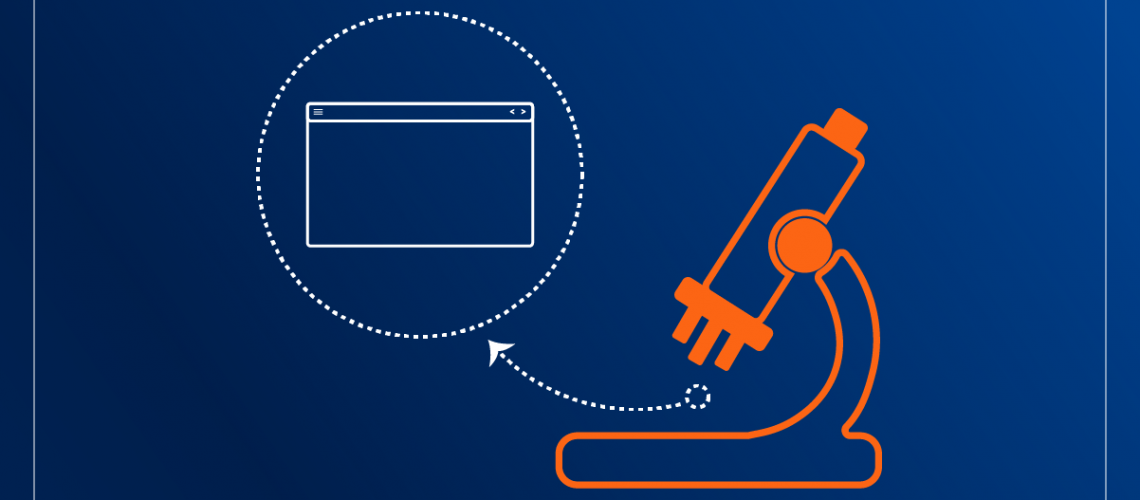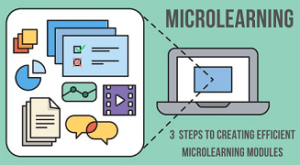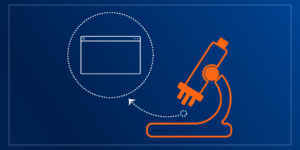Think back to your childhood, staring out of the classroom window, daydreaming instead of focusing on the subject at hand. Then, a sharp and directed “PAY ATTENTION Mr. or Mrs. so and so” from the teacher would temporarily snap us out of our dreamland before our minds wandered again.
In the case above, the text-heavy 45-50 minute class makes many students lose their focus on the topic because they cannot process all the incoming information in one sitting. In German psychologist Hermann Ebbinghaus’ forgetting curve, he holds that when people learn large amounts of information, they quickly lose it. Microlearning is a way to combat that.
What is Microlearning
Microlearning is the trending (and Gen Z friendly) process by which bite-sized yet pertinent content pieces are transmitted to learners over days, weeks, or months. With microlearning, learners can overcome the forgetting curve because the information is delivered and reiterated regularly.
Organizations can up-skill or re-skill their employees through short training modules about 5-10 minutes long. Each new burst of knowledge is purposely designed for fast consumption. Learners can take training courses anywhere and anytime on a device like a tablet, a laptop, or a smartphone.
Microlearning is especially useful because employees have to undergo several kinds of training in a job—onboarding, up-skilling and re-skilling sessions. Therefore, expecting employees to drop what they’re doing to spend more time training is not optimal for today’s fast-paced world.
Benefits of Microlearning
- Microlearning is Quick. Some employees avoid workplace training and learning because they do not have time to attend the long training sessions. As microlearning modules generally require a max of ten minutes to go through, employees won’t have to take extra time to learn the skills needed for their jobs. Earning additional benefits in relatively less time can motivate them to engage actively with the content.
- Microlearning breaks down complex information into bite-sized, easily digestible pieces of content. This helps with higher retention of knowledge and information.
- Microlearning is available on-demand and easily accessible as the courses are often designed with a mobile-first approach and thus can be taken on a smartphone, tablet, or laptop.
- The re-iterative element of such a learning strategy makes the information stick longer than other longer forms of training and aids in moving the information from short-term memory to long-term memory.
- The longer a course module, the more expensive it is to create. On the other hand, you can split the course into smaller, single-topic projects with microlearning. Lesser content creation time means less investment. The fiscal benefits of microlearning make it a much more profitable option for businesses, no matter their scale and size.
- Because our brains are not wired to maintain focus for more extended periods, microlearning is beneficial for learning hard skills (learning math or code), soft skills(communication), or broad-based situation awareness (appropriate action in a given situation)
- Microlearning makes learning and training easy and enjoyable for the employees. Short sessions with the distillation of content into necessary facts and skills make it easier for the employees to engage and recall the learned content. Furthermore, since microlearning animations, infographics, and podcasts focus on a single topic, they are simpler to understand.
- As microlearning addresses a single learning objective, the learners have the advantage of taking up the course in just a few minutes. The time-savings and device-friendly features of microlearning increase the employees’ inclination to take up the course.
“The most successful training and learning programs are ones that have high learn satisfaction, engagement rates, and completion rates.”
Wrapping it Up:
In an age dominated by short-form content through Instagram reels, Twitter posts, and TikTok clips, people are exposed to attention-grabbing digital content more than ever before, which in turn is affecting peoples’ attention spans. As a result, learners respond more effectively when the material is delivered using Microlearning techniques. Microlearning provides the information when and where the employees need it the most.





One Response